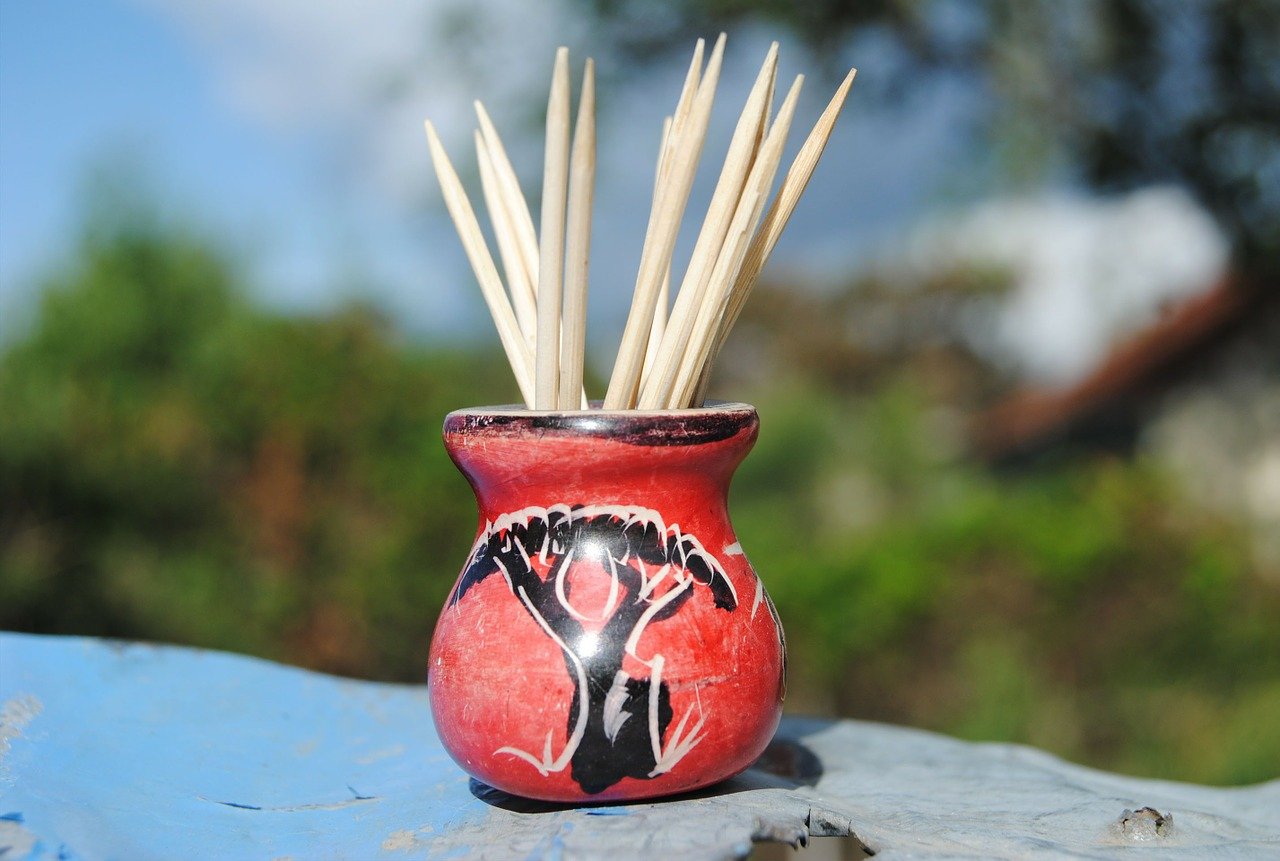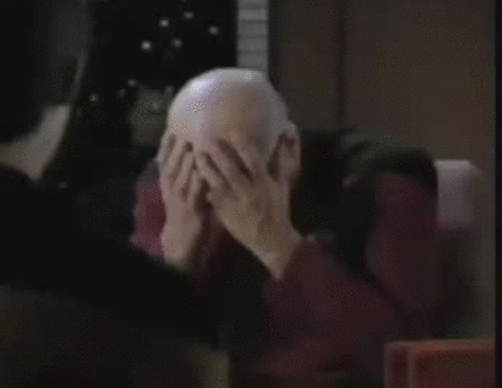In part 1, we looked at the very questionable history the Acupuncture attempts to portray. In short, it's not that the Chinese were stupid and practiced fake things (not any more than any other country, anyway) - The evidence shows they knew acupuncture was nonsense many hundreds of years ago to the point of banning it. It was only resurrected to appease the 'peasants' in the 1950's by Mao Zedong (who didn't even believe it himself), because there simply wasn't enough western medicine and doctors available.
But apparently that's not enough to dissuade the world, who embraced the propaganda in a kind of frenzy to be a part of some mystical, oriental culture in a far away land.

And ever since, it's just kind of survived skepticism.
But let's put our skeptic hats on, whether you're a passive reader or somebody whose entire career is dependent on acupuncture, and dig into the research.
Meta-analysis
Meta analysis is the statistical results of numerous studies, in an attempt to improve reliability over individual trials. In science, trials that are done by one small team, tested on 12 healthy women in one location is far less reliable and far more open to manipulation than 20 trials covering 30,000 individuals from all over (obviously, depending on the nature of the research context).
Typically, Acupuncture research vomited out into the mainstream media comes from individual studies that suddenly report a significance in data, and they get all the attention. Because positive results are far more interesting than negative.
But if God appeared once, to one person, I'm not about to get on my knees and pray on that assumption. Likewise, if one town in Siberia tell me Gold is nutritious when shoved up my arse, I'm not going to start raiding the national bank.
So with meta-analysis in mind:
Qi
Qi or chi — pronounced "chee" — is the energy flow created along the pathways that connect the acupuncture points on the body.
Between each qi point is connected by a path called a meridian. Basically by messing around with these pathways and points, you can in theory solve an absurdly wide range of medical issues including but not limited to:
Allergies, Asthma, Sinusitis, Headaches, TMJ, Back Pain, Sciatica, Musculoskeletal Problems, Insomnia, Anxiety, Dizziness, Depression, High Blood Pressure, Chronic Fatigue, Fibromyalgia, Addictions, Indigestion, Constipation, Sexual Dysfunction, Post-Operative Recovery, Palliative Care. Menstrual Irregularities, Menopause, Conception Difficulties, Pregnancy, Childbirth, Lactation Difficulties, Postpartum, Ovarian and Uterine Problems, Prostate, Infertility, Impotence, Cough, Digestive Problems, Behavioral Problems, Ear Infections, Sleep Problems, Prevention, Stress Management, Wellness, Seasonal Attunement, Muscle, Bone and Nerve Pain and Diseases Sprains / Strains Back Pain Leg Pain Foot Pain Stiff Shoulders and Neck Lumbago Sciatica Tennis Elbow Carpal Tunnel syndrome and Painful Joints TMJ; Toothache Headache and Migraines Rheumatism; Arthritis Facial Paralysis; Bell’s Palsy Fibromyalgia
And all it takes is a few needles in the right spots!
But seriously let's look into that.
Toothpicks
Numerous studies have looked into the specific qi points around the body. There's no medical reason to believe they exist, they just do, apparently. To test this, over 600 adults were put into a randomize trial with four methods of treatment; individualized acupuncture, standardized acupuncture, simulated acupuncture, or usual care.
Simulated acupuncture was the most interesting to me. They used toothpicks. To be clear, they lightly stabbed the patients with toothpicks - in random places, not in any known 'qi' spots - and then pulled it away carefully without breaking the skin.
The results may surprise you.

There was no statistical difference between Individualised and Standardised acupuncture, and there was no difference between those and the toothpick puncture. But here's where it gets hairy. Those in the three acupuncture groups reported better results than those in the fourth group 'usual care'! How can this be?
The problem lies in the flawed study itself. The patients were not entirely blinded in this study. Usual care knew they were 'not getting acupuncture' and obviously the acupuncture patients new that they were. Not only this, but there was no restrictions; those three groups were allowed to continue taking 'usual care' medication painkillers and the like as usual.
This means not only is the study worthless to compare real and TCM treatment, but it couldn't even result in a statistical difference between sham and 'true' acupuncture anyway! Toothpicks are just as valid a placebo as expensive alternative medicine.
Nonetheless, this was hailed as a win for acupuncture, with the author focusing on how both sham and real treatments are still superior to usual care. Mainstream media sucked this up and, well, the rest is history.
Osteoarthritis
In another study of almost 300 people over 12 months, 'real', and 'minimal' acupuncture, as well as no treatment was trialed for osteoarthritis, because the medication for this is known to have severe side effects with some known fatalities. A safer alternative was in demand.
What they found in this non-blinded study was that there was a statistically significant improvement between having either real or minimal acupuncture, and having nothing at all. But the difference between real and minimal was negligible. Not only this, but the statistical significance vanished over the extended period of time of the study.

Hmm, I wonder why. Could it be... placebo?
Back to Meta
Now, these are just a couple of examples of how results can and are misinterpreted. But in the larger scheme, over 3,000 trials have been tested on acupuncture, and the outcome is simple: There is no statistically significant difference between getting acupuncture, getting toothpicks, or getting a pat on the back 3 times a week.
So where do acupuncture apologists get their data from? Simply, they either cherry pick the few individual studies, or they manipulate the conclusion of results. Here's what I mean.
In one meta-analysis for the treatment of vomiting and nausea, they concluded that the 24 studies:
failed to show a significant benefit using nonpharmacologic techniques.
Furthermore when analysing the results, they point out:
Of the 24 studies identified, 5 were excluded because of inadequate randomization (36,37), inadequate blinding and a quality of study score of 0 (38), poor study design and inadequate reporting of results.
All it takes to proclaim success is to dig up one of those disqualified studies and send it to the press for publishing, despite the clear and large flaws in their design.
A more specific example. In a meta-analysis of 13 trials (including one above), there was indeed a notable difference between real and fake acupuncture treatment, and even more difference between those and no acupuncture. But this difference was 10 points on a 100-point scale, 10 points being 'practically indistinguishable to patients'. It would be the equivalent of taking 1/10th of a painkiller for your headache. Oh, and it was once again, not a blind set of trials.
One particular outrageous outcome was from a meta analysis of almost 20,000 patients. It found exactly the same results as above, and another, even larger study which found nothing significant were both celebrated as successes once an author cherry-picked a few insignificant, positive results from the many thousands.
When research is published, it has gone through dozens of hours, weeks of time and thousands of dollars. When that research hits the media, it goes through a couple of minutes reading the concluding paragraph. Every party, from the researchers to the patients and the media wants a positive result. So of course they're going to find it.
So why do we need so many studies?
We don't. There are calls to stop researching now because as far as science is concerned, acupuncture is dead as a dodo. But the problem is, like all alternative medicine, is just how broad it is, covering such a wide range of ailments. This forces researchers to try and test for each and every individual ailment, each one taking thousands of people, money and time.
Realistically it would be impossible to cover every claim, and even if they succeeded, acupuncturists could easily just add a few more, and the debate goes on. So although we don't need more research, there will likely be more, and the only ones that will seem the limelight are the few that say some vague positive spin on their results, regardless of how trivial.

What other medicine do we put through 3,000 trials including millions of patients, find no significant proof that it actually does anything, and then give it a multi-million dollar industry worldwide to play with anyway, along with this cultural backlash and protection that acupuncture enjoys?
Think about that.
For those who have perhaps had acupuncture and swear by it, or its your job, or your belief or whatever, you need to think about this scientifically. If I can't walk and I wheelchair myself off a 7 story building, only to find I wake up in hospital with the ability to walk again, would it be wise of me to go around telling eveybody to jump off buildings?
Or should I look at the 99.999% of other incidents where instead, the person's leg bones shoot through their rib cages and into their ears? Perhaps what you are experiencing is something else, say, placebo.
Placebo
There is no shame in benefiting from placebo, the psychological effects from believing something is treating you are very real, and if you haven't been scammed into it, there's no issue. But it should be carefully and conservatively used as a doctor's tool, not manipulated for a multi-billion dollars industry of scams.
Next time you read a study saying acupuncture works, take a step back, a deep breath, and read the other 3,000.
My next post in this Chinese series will address another big popular one, cupping therapy. Athletics swear by it! Urgh.

Image Sources CC0 or acquired with permission
Sources:
Osteoarthritis (paywall)
Qi nonsense
Acupuncture treats none of these
Toothpicks
Vomit Study
